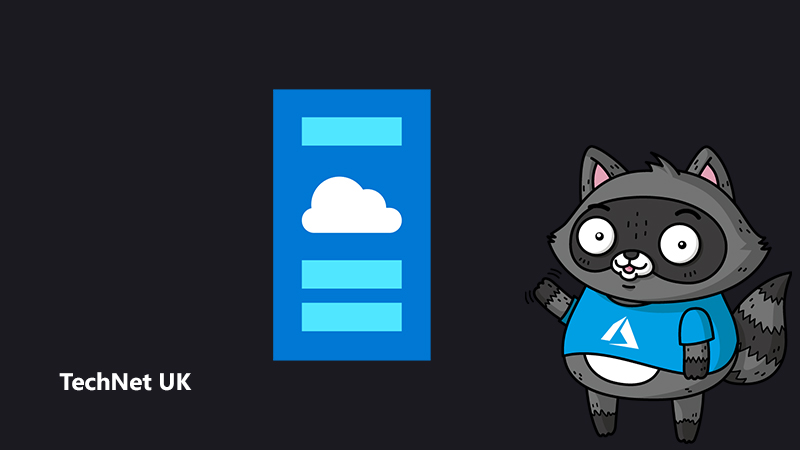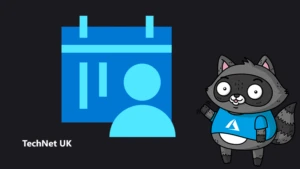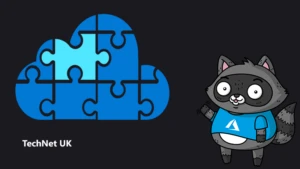
Improve your serverless practices with these ebooks

With serverless computing, you can deliver more value to the core of your business by minimising the time and resources you spend on infrastructure-related requirements. Use fully managed, end-to-end Azure serverless solutions to boost developer productivity, optimise resources and accelerate the pace of innovation.
We’re taking a look at some of the best free ebooks on serverless and adjacent topics, so you can get a head start on your serverless journey. Enjoy!
Compute Evolution: VMs, containers, serverless – which to use when? by Arun Chandrasekaran
Learn how to identify the right compute technologies to meet your business needs. Use the framework in this complimentary Gartner report to compare the control and hybrid cloud flexibility of virtual machines (VMs), containers and serverless functions.
Read this report for details on these key recommendations:
- “Analyse and understand the unique use cases and consumption models for each computing abstraction to ensure strategic alignment.
- Pursue an application-centric approach by aligning the appropriate compute technology based on the application architecture, organisational skills and other decision factors outlined in this research.
- Prioritise platform providers that support compute abstractions across multiple environments (cloud, data centre and edge) with a consistent management, governance and support model.
- Assess the emerging trends around containers and serverless, and create an action plan on how and when to respond to them.”
Azure Serverless Computing Cookbook, third edition by Praveen Kumar Sreeram
Spend more time building great apps and less time managing server infrastructure. Get your solutions to market faster using Azure Functions, a fully managed compute platform for processing data, integrating systems, and building simple APIs and microservices. In this e-book you’ll find use cases, hands-on steps and tutorials for quickly configuring your own serverless environments. Explore best practices for Functions, and learn how to:
- Develop event-based handlers on a serverless architecture.
- Test, troubleshoot and monitor Azure functions.
- Automate administrative tasks from development through to deployment and maintenance.
- Integrate functions with other Azure services.
- Build stateful serverless apps and self-healing jobs using Durable Functions.
Designing Distributed Systems by Brendan Burns
Distributed systems enable different areas of a business to build specific applications to support their needs and drive insight and innovation. While great for the business, this new normal can result in development inefficiencies when the same systems are reimplemented multiple times. This free e-book provides repeatable, generic patterns, and reusable components to make developing reliable systems easier and more efficient—so you can free your time to focus on core development of your app.
In this 160–page e-book, you’ll find:
- An introduction to distributed system concepts.
- Reusable patterns and practices for building distributed systems.
- Exploration of a platform for integrating applications, data sources, business partners, clients, mobile apps, social networks, and Internet of Things devices.
- Event-driven architectures for processing and reacting to events in real time.
- Additional resources for learning more about containers and container orchestration systems.
Azure API Management: Driving Digital Transformation in Today’s API Economy
- Creating a successful API management program.
- Exposing your APIs to external and internal audiences.
- Protecting your APIs from abuse and overuse.
- Understanding the usage and health of your APIs.
- Scaling your API management program on demand.




